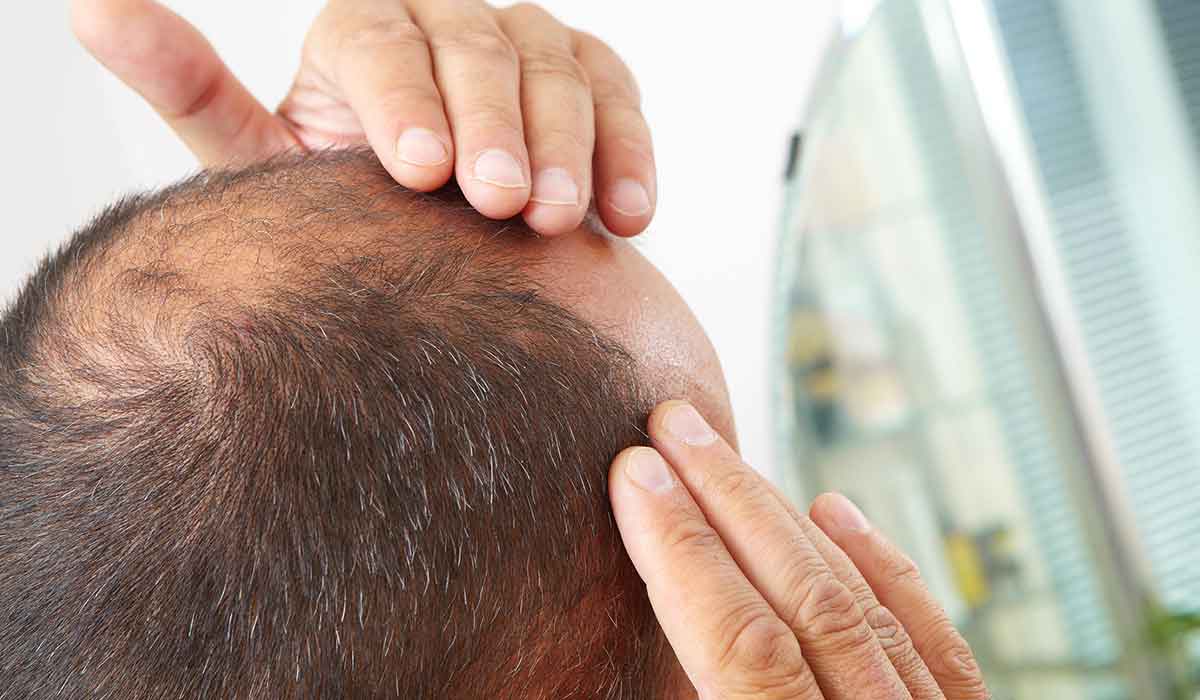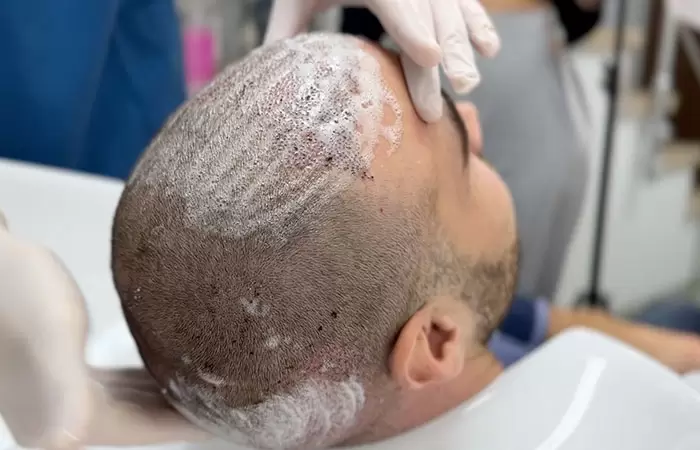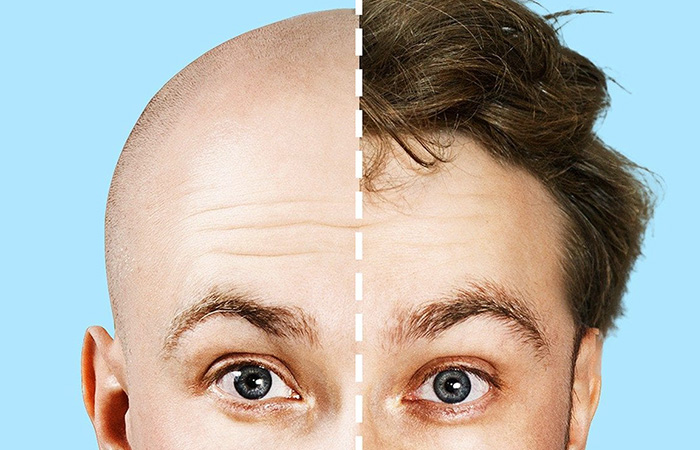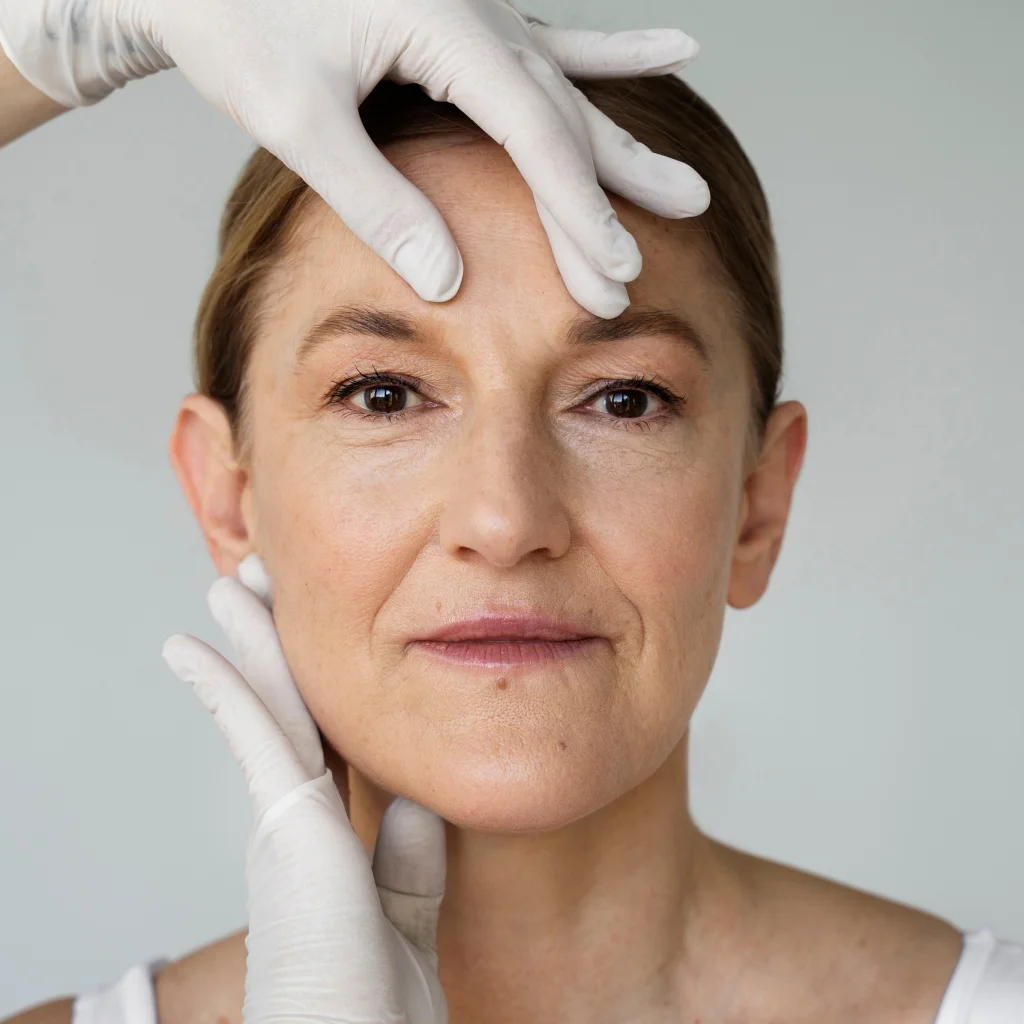Of course, the appearance of thinning hair or bald patches on your head can bother you and lead to a loss of self-confidence. However, there’s no need to worry—many techniques have emerged to address this problem. The most advanced among them is Follicular Unit Extraction -FUE hair transplantation. follow along in this article to learn more about this procedure, its developments, and the steps involved.
What is FUE Hair Transplantation?
Follicular Unit Extraction (FUE) is a modern technique used to transfer hair follicles from the donor area (usually the back or sides of the scalp) to areas affected by hair loss or baldness. Ultra-fine needles (0.8–1 mm in diameter) are used to extract follicles individually, which are then implanted into the recipient areas using precision instruments such as sapphire blades or Choi implanter pens (DHI). Compared to the strip method (FUSS), FUE is less invasive, offers natural-looking results, and has a shorter recovery period.
Advantages of the FUE Technique
- Minimal scarring: Leaves small, barely noticeable circular scars in the donor area.
- Natural results: Provides a realistic look thanks to precise follicle placement.
- Fast healing: Shorter recovery time compared to other methods.
- Versatility: Can be applied to the scalp, eyebrows, and beard.
- Suitable for all: Works for both men and women experiencing hair loss.
Who is Eligible for FUE Hair Transplantation?
You may be a candidate if:
- You are over 25 years old.
- You are in good health and free from conditions such as diabetes or blood-thinning disorders.
- Your donor area has healthy, well-growing hair.
- You have male pattern baldness or hair loss caused by trauma or injury.
Steps of the FUE Hair Transplant Procedure
The doctor evaluates the patient’s condition and suitability for the technique, determines the number of follicles needed, and designs the frontal hairline. Expectations and possible outcomes are discussed.
Preparation of the Donor Area
After washing the hair, the donor area is shaved—either fully or partially—so the physician can identify follicular units’ direction before extraction.
Anesthetizing the Donor Area
The procedure is almost painless; local anesthesia is applied so the patient remains comfortable without pain or fatigue during the surgery.
Follicular Unit Extraction
The most critical stage—accurate extraction determines the results. The surgeon extracts follicular units one by one using a punch tool with a diameter of 0.7–0.8 mm, aiming to harvest multi-hair units (usually 1–4 hairs per unit).
Preservation and Preparation of Follicular Units
Extracted units are stored in chilled physiological saline to prevent dehydration, then carefully processed under a microscope to remove excess tissue and classify them by hair count.
Implantation of Follicular Units
The recipient area is anesthetized locally, and specialized tools are used to implant follicles according to their size and shape, protecting them from trauma. Units are placed in precise angles and directions to match natural growth. Single-hair units are placed in the hairline, two-hair units behind them, and larger units in the mid-scalp and crown.
FUE Recovery
- Most people resume normal activities within 2–7 days.
- The donor area typically heals within 10 days.
- The recipient area may develop pinkish scabs lasting up to a week.
- Hair in the donor area grows back within two weeks after shaving.
Post-FUE Hair Transplant Care Tips
- Wait 48 hours before washing your hair.
- Wash gently without rubbing; avoid direct shower pressure—use a cup to pour water for the first week.
- Resume light activity like walking after 3 days.
- Moderate exercise can resume after 7 days, but avoid raising your heart rate significantly or excessive sweating.
- After 10 days, you can return to full activities including swimming and running.
FUE Hair Transplant Results
- When performed correctly, hair regains a natural look, but new hair takes time to grow.
- Transplanted hair will shed within 5–8 weeks but will regrow in 2–4 months, with full results after about one year.
- Success rates in advanced centers reach around 96%, with most follicles growing successfully.
Before and After Results of FUE
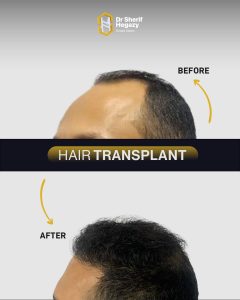
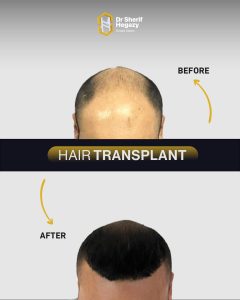
Benefits of FUE Hair Transplantation
- High density: Allows for a large number of transplanted follicles.
- Hair loss resistance: Donor follicles are resistant to DHT, the hormone responsible for genetic hair loss.
- Natural appearance: Hairlines can be tailored to facial features.
- Safe procedure: Minimal risks when performed under proper sterile conditions.
Possible Side Effects of FUE
Although generally safe, potential risks include:
- Temporary pain in donor and recipient areas after anesthesia wears off.
- Infection if sterility is compromised.
- Temporary reduced density that recovers over time.
- Graft loss in rare cases, with minimal impact on overall results.
Minimizing Risks
- Choose a reputable, accredited medical center.
- Undergo full medical checks before surgery.
- Follow all post-operative care instructions, including sun protection and using recommended products.
FUE Hair Transplantation Cost
Costs vary depending on:
- Number of follicles required.
- Clinic reputation and surgeon expertise.
- Geographic location (cheaper in countries like Turkey and Egypt than in Europe).In Egypt, a full procedure typically costs between USD 2,000–3,000.
Advancements in FUE: NeoGraft Technology
The NeoGraft system improves upon manual FUE by reducing procedure time and costs. It uses air pressure to extract and implant follicles without direct handling, improving follicle survival rates. This combines FUE’s benefits with greater precision and efficiency.
We hope this overview has provided all the essential information about FUE hair transplantation, its process, benefits, and risks, helping you make an informed decision.

